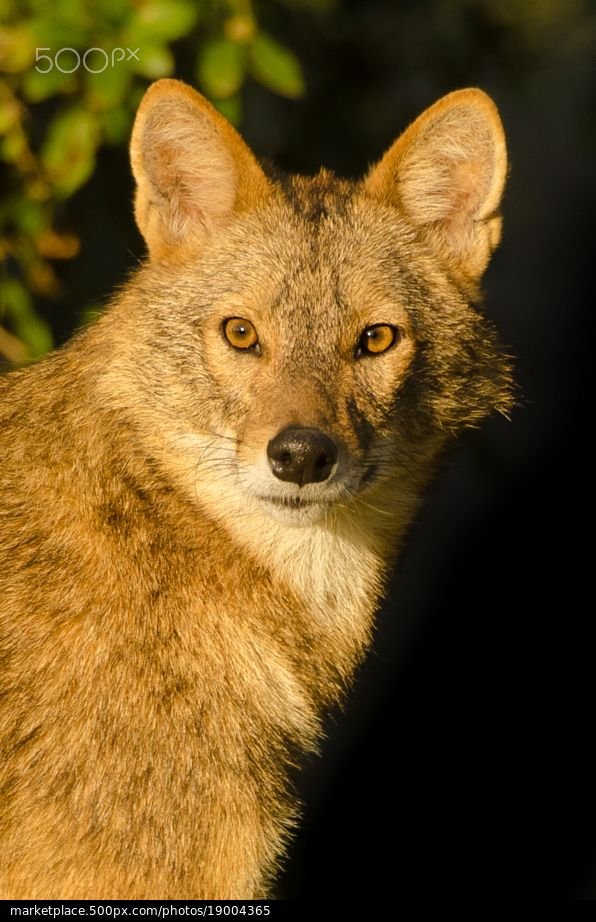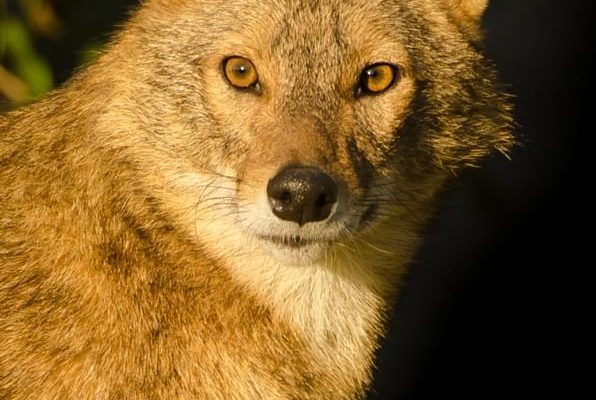
Let’s dig into some common myths that cloud our understanding of this fascinating species. Imagine we’re sitting down with warm cups of coffee, chatting about wildlife, and you’re eager to know more about the golden jackal. I’ll break it down for you, so you can impress your friends with your newfound knowledge!
The Golden Jackal: A Member of the Canine Family
You might be surprised to know that the golden jackal is indeed a member of the canine family. This can lead to a lot of misconceptions since it shares physical traits with both dogs and wolves. Golden jackals are medium-sized canids, typically weighing between 15 to 35 pounds, and they sport a thick, bushy coat that ranges from golden to brownish hues.
You might be wondering, “So, are they just smaller versions of wolves?” Well, while they are related, golden jackals have distinct features and behaviors that set them apart. They’re more closely related to domestic dogs than wolves, which means they don’t always exhibit the pack behavior you’d associate with their larger cousins.
Myth 1: Golden Jackals Are Just Scavengers
One of the most common myths is that golden jackals are merely scavengers, living on the leftovers of larger predators. Here’s the thing: while they do take advantage of carrion when it’s available, golden jackals are skilled hunters in their own right. They primarily hunt small mammals, birds, and even reptiles.
In fact, golden jackals are known for their adaptability; they thrive in various habitats, from grasslands to forests, and can switch their diet based on what’s available. This versatility allows them to maintain a balanced diet and keep their populations stable. So, next time you hear someone say they just scavenge, you can confidently correct them!
Myth 2: They’re a Threat to Livestock
Another misconception is that golden jackals pose a significant threat to livestock. In some regions, this belief drives negative perceptions and even leads to hunting or persecution. The reality is more nuanced. While golden jackals will occasionally prey on livestock, they generally prefer wild prey and often steer clear of human activity whenever possible.
In agricultural areas, jackals can adapt their diets to include rodents and pests, which can actually help farmers by controlling these populations. There’s a delicate balance here; as with many wildlife species, education about their behavior and ecological role can help reduce conflicts.
Myth 3: They Are Monogamous Like Wolves
Many people assume golden jackals are monogamous and form long-term pair bonds, much like wolves. While they do form pairs, it’s a bit more complicated. Golden jackals exhibit flexible mating strategies, where they can be monogamous but also form loose social structures that include multiple partners.
What’s interesting is that in areas where food is plentiful, you might find groups of golden jackals living together and cooperating in hunting. This behavior shifts depending on environmental conditions, so it’s not as straightforward as it might seem.
Myth 4: All Jackals Are the Same
Not all jackals are created equal! Often, people think of jackals as a single species, but there are several types, including the side-striped jackal and the black-backed jackal. Each has unique behaviors and habitats, and they play different roles in their ecosystems.
Understanding the differences helps paint a clearer picture of these fascinating animals. For instance, the side-striped jackal is more of a forest dweller, while the black-backed jackal prefers open savannas. By appreciating these distinctions, we gain a better understanding of their ecological significance.
Myth 5: Golden Jackals Are Dangerous to Humans
You might have heard that golden jackals are dangerous predators, ready to attack humans at any moment. However, the truth is that they are generally shy and elusive animals. They tend to avoid human contact whenever they can. In fact, there are very few documented cases of golden jackals attacking humans.
They are much more interested in keeping their distance and focusing on finding food than causing trouble. This friendly behavior contrasts sharply with the more aggressive reputation that some people have attributed to them. It’s important to remember that fear often stems from misunderstanding rather than reality.
The golden jackal is an incredible creature that’s often misunderstood. From their hunting skills to their social structures, it’s clear that there’s more than meets the eye. Dispelling these common myths not only helps us appreciate their role in the ecosystem but also promotes coexistence between wildlife and humans.
So, the next time someone mentions golden jackals, you can confidently share what you know and celebrate the beauty of these adaptable, fascinating animals. Whether you’re discussing them over coffee or teaching others, embracing the truth about the golden jackal is key to fostering a deeper respect for all wildlife.

